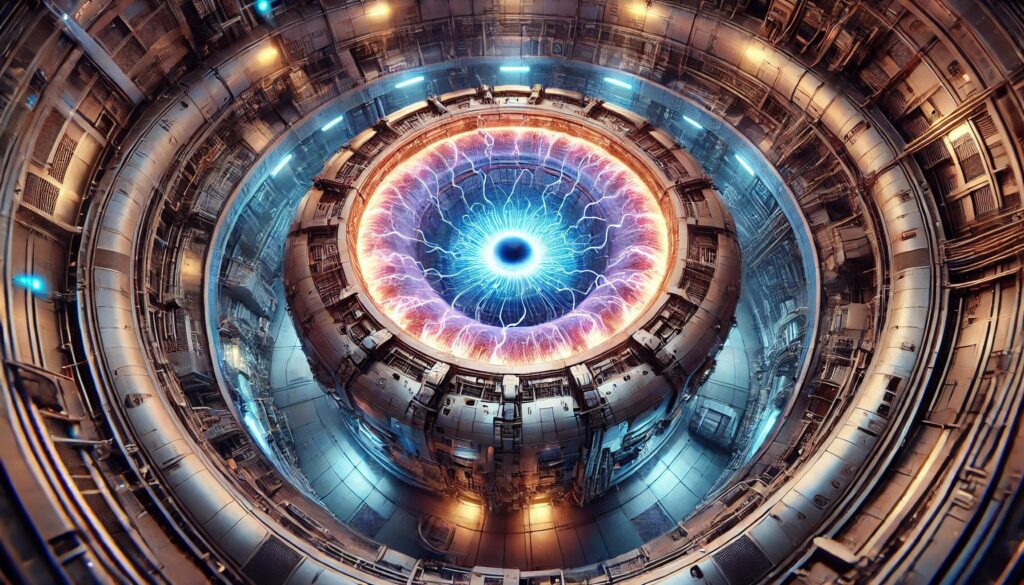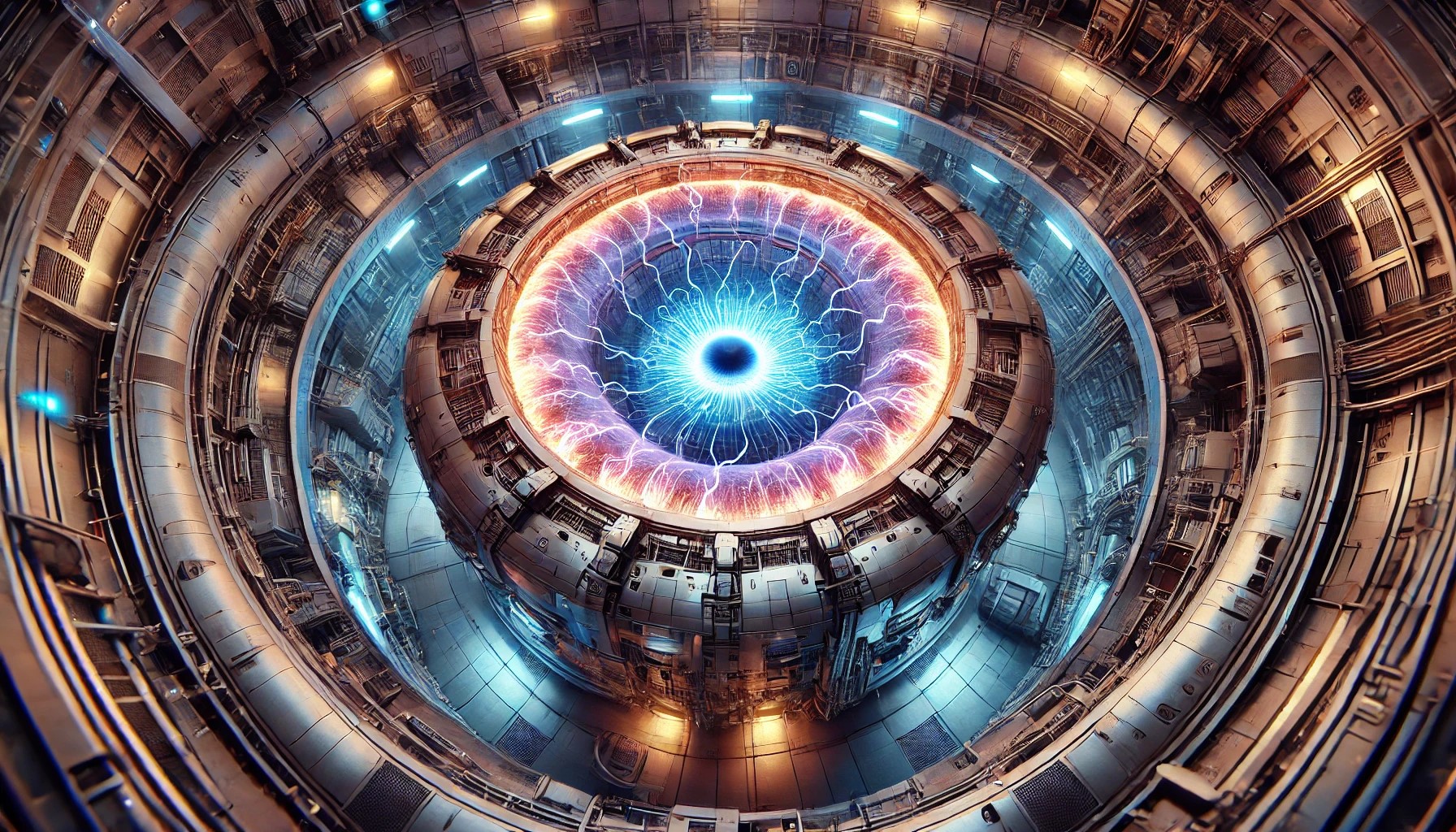Nuclear fusion is seen as the hope for a virtually inexhaustible and environmentally friendly energy source. To achieve this goal, researchers around the world are investing huge efforts in developing this technology. A team of scientists from the United States has achieved a remarkable achievement. They have compressed the plasma in a fusion reactor to ten times the limit previously considered insurmountable (Future Zone: 07/31/24).
The unique reactor architecture is the key.
Physicists at the University of Wisconsin–Madison have achieved this success in their Madison Symmetric Reactor (MST). Unlike conventional tokamaks used in fusion research, the MST relies on the reversed field pinch (RFP) principle. This special design allows the fusion plasma to be efficiently contained and stabilized. The secret lies in the special construction of the magnetic field and the thick, highly conductive metal ring in which the plasma is confined. These properties allow for much higher plasma densities without compromising the reactor’s stability.

Image: Created by AI
Lead researcher Noah Hirst emphasizes the importance of this discovery: “Our results could dramatically speed up the production of fusion energy while preventing damage to the machinery.” This shows that future fusion plants could be operated more safely and efficiently using this technology.
learning from unexpected outcomes
The research team originally wanted to investigate how to make the plasma unstable in order to explore the limits of the reactor. The scientists unexpectedly discovered that it was possible to significantly exceed the so-called Greenwald limit. This limit describes the maximum plasma density possible in a tokamak before the plasma becomes unstable. In the past, it was rarely possible to exceed this limit, and when it did, it was usually only by a factor of two. So the tenfold increase in MST is a significant advance.
“Future tokamak reactors may need to operate close to or even above the Greenwald limit,” Hirst explains. “If we better understand the underlying physics that helps us get past the density limit, we can take effective measures to overcome this limitation.” These findings could be crucial to the further development of fusion reactors.
Expectations and further investigations
The success of the MST experiment has piqued the interest of researchers who want to study the underlying mechanisms in more detail. Similar progress will likely be more difficult to achieve in other fusion reactors, such as the nascent ITER in France. Nevertheless, the discovery provides valuable information that could be used to improve fusion power.
“We will continue to study this plasma, and we believe that the insights gained could help to produce more powerful fusion devices with higher densities,” Hirst explains, which will play a crucial role in future energy supplies.
Overall, this achievement shows that nuclear fusion as an energy source is getting closer. The findings of the MST experiment not only provide new perspectives for research, but also for future energy production.
Read also:
Last updated on . We would like to point out that the prices shown here may have changed in the meantime. All data is without warranty.
Last updated on July 16, 2024 at 4:32 PM. Please note that prices shown here may have changed in the meantime. All data is without warranty.
Last updated on July 11, 2024 at 5:06 PM. Please note that prices shown here may have changed in the meantime. All data is without warranty.

“Total coffee aficionado. Travel buff. Music ninja. Bacon nerd. Beeraholic.”








More Stories
Coral Seeding: Artificial Insemination Makes Coral More Heat Tolerant
Fear, Anger, and Denial: How People Respond to Climate Change – Research
LKH Graz: Using radiation to combat heart arrhythmias